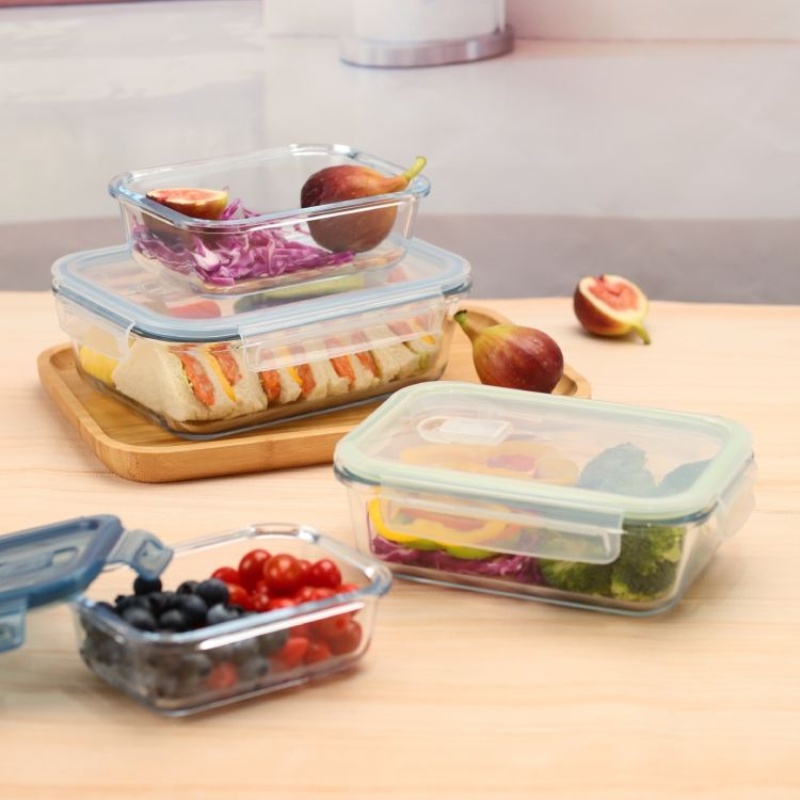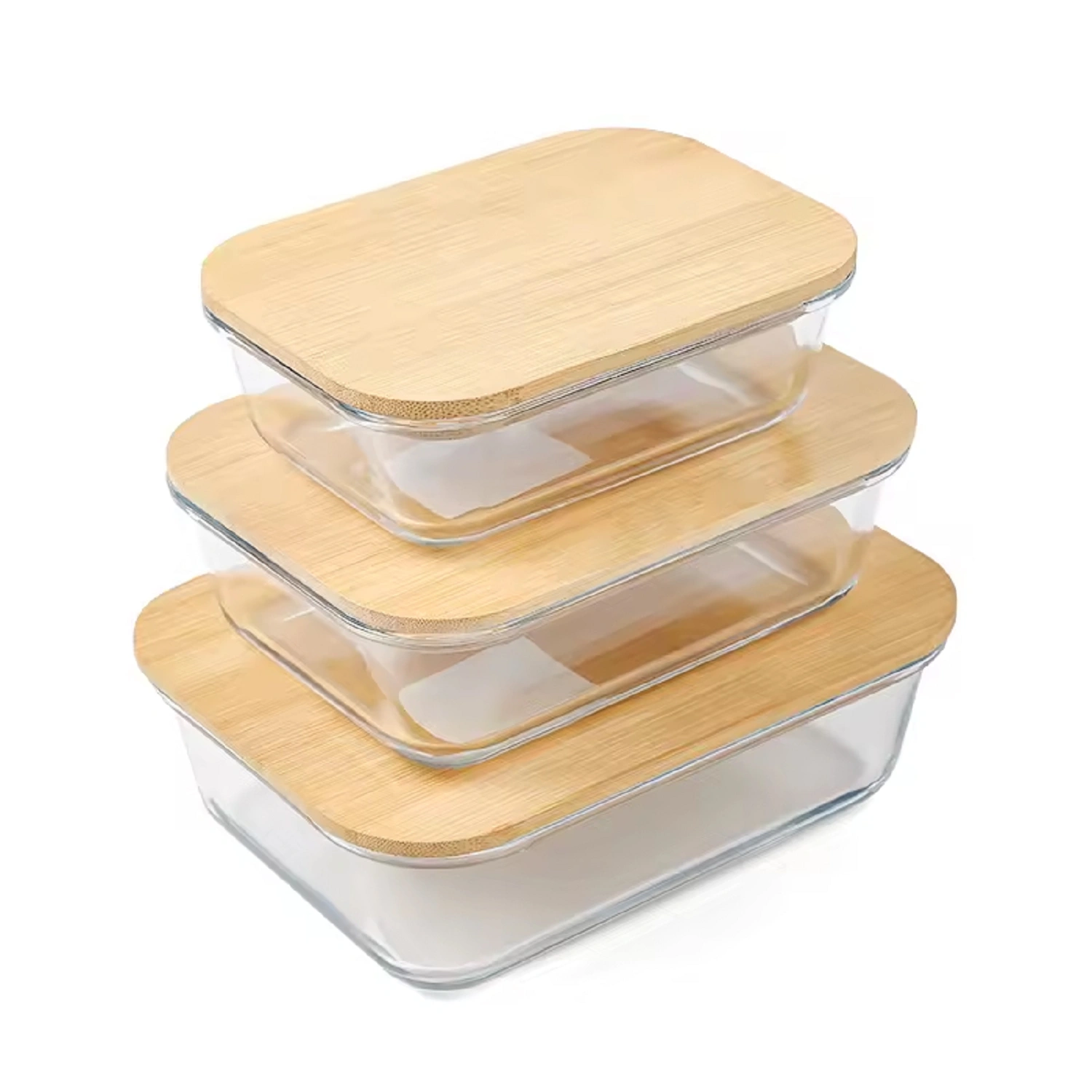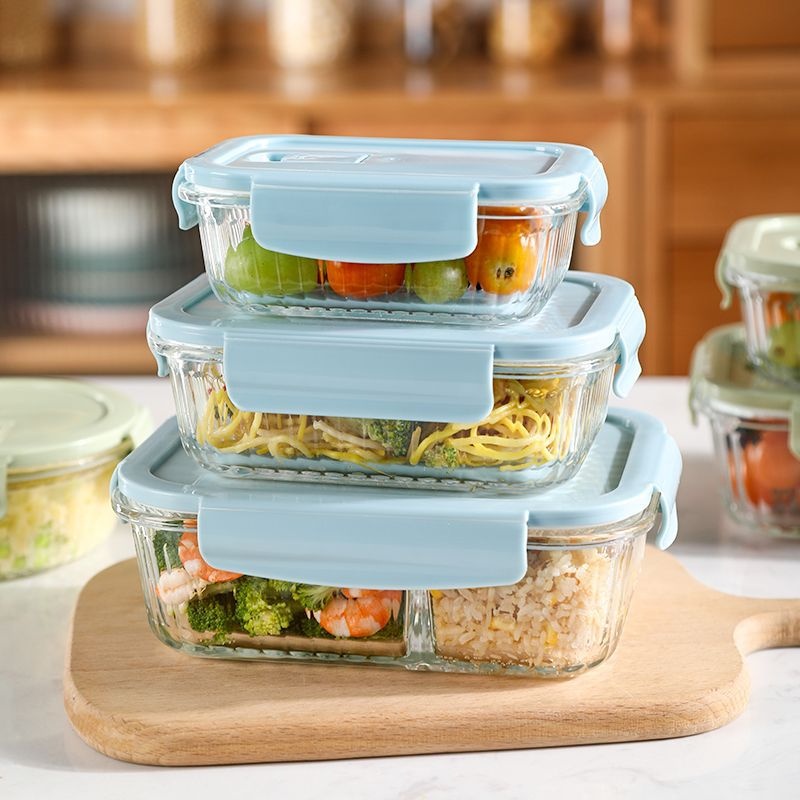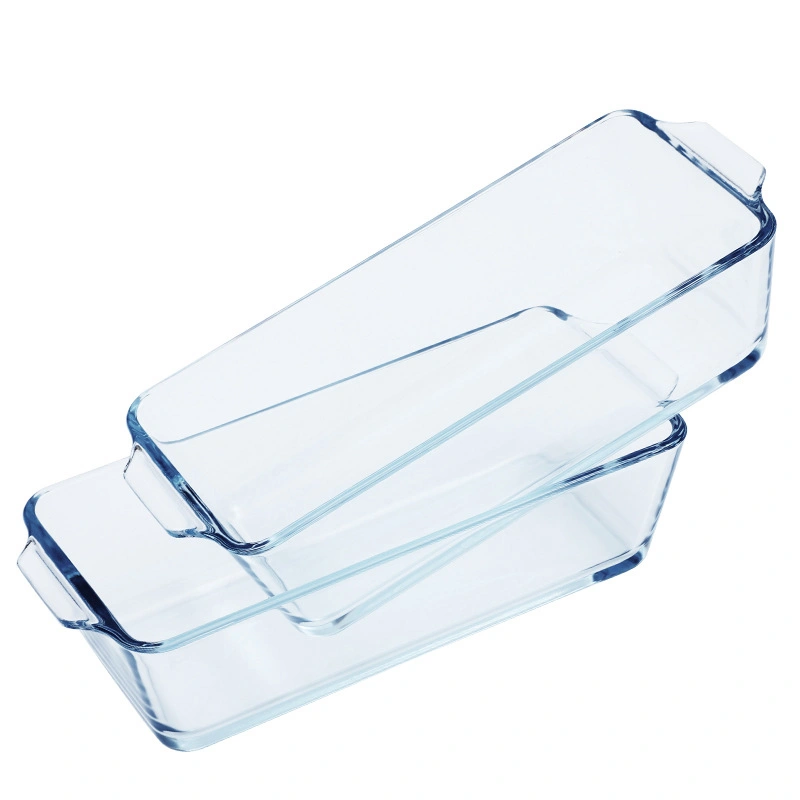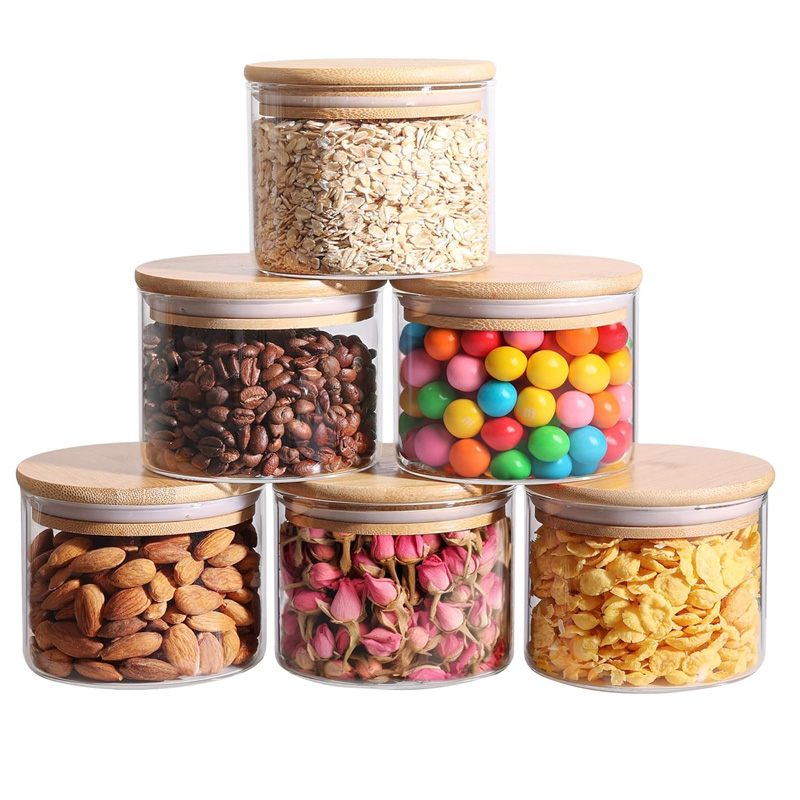Choosing Between Glass and Plastic Lunch Boxes: What’s Best for You?

Paul Ren
Hello! I’m Paul, the Senior Sales of Canzo Glassware. With 18 years of experience in the glassware industry, I’m excited to share some insights from our perspective as a China glassware manufacturer. Today, we’re diving into a common question: Choosing Between Glass and Plastic Lunch Boxes: What’s Best for You?
In today’s fast-paced world, selecting the right lunch box is crucial, not only for convenience but also for our health and the environment. Glass and plastic lunch boxes both have unique benefits and drawbacks, and understanding these differences can help us make an informed decision. Here, we’ll explore the durability, safety, environmental impact, insulation performance, and portability of each to help you choose the best option for your needs.
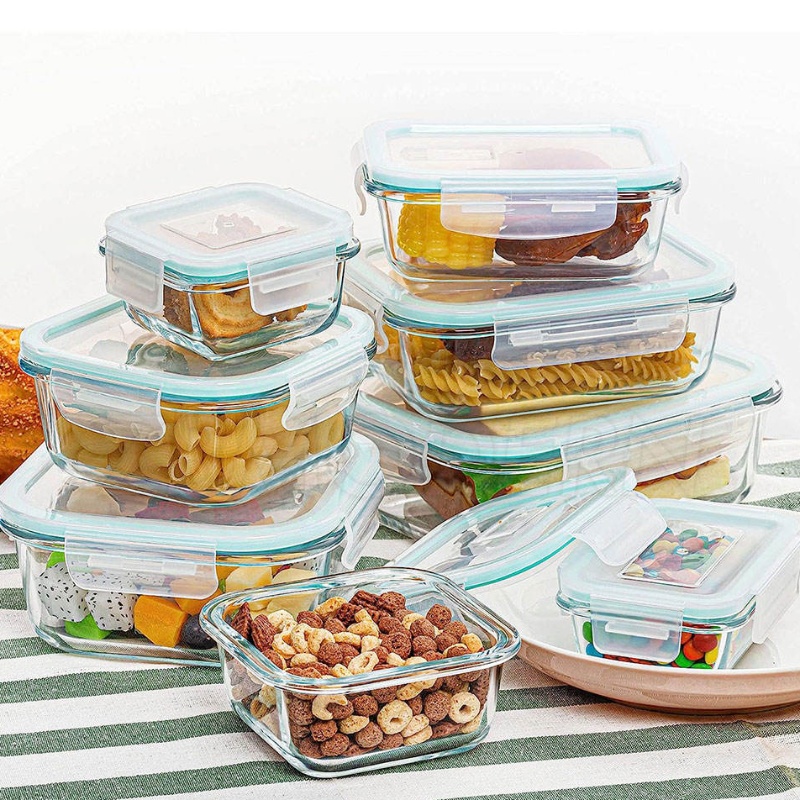
Durability: Which Lunch Box Stands the Test of Time?
Glass lunch boxes are highly durable, often outperforming plastic in long-term use. Made from quality glass materials, they resist scratches, warping, and withstand repeated heating and cleaning in the microwave or dishwasher without losing shape. However, the sturdy nature of glass also means it’s heavier and more prone to break if dropped, so handling with care is essential.
Plastic lunch boxes, on the other hand, are generally lighter and more portable. When made from high-quality food-grade materials like PP (polypropylene) or Tritan, they offer good durability for everyday use and can handle impacts without shattering. Yet, unlike glass, they may degrade over time, especially when exposed to high heat, which can affect their longevity.
Safety: Prioritizing Health in Our Choice
Safety is a top priority when it comes to storing and reheating food. Glass lunch boxes, known for their stability, do not release harmful chemicals during heating. They’re naturally free of BPA and other hazardous substances, making them a safe choice for food storage.
For plastic lunch boxes, safety depends on the material quality. Lower-quality plastics may contain BPA, a chemical known for potential health risks if it leaches into food at high temperatures. To ensure safety, we should look for “BPA-Free” labels and opt for food-grade plastics whenever possible. This simple check can make a big difference in maintaining our health over time.
Environmental Impact: Making an Eco-Friendly Choice
Glass lunch boxes are often more environmentally friendly than plastic alternatives. Being recyclable, glass does not linger in the environment and can be repurposed with minimal ecological impact. However, glass production is energy-intensive, which is worth considering when evaluating its environmental footprint.
Plastic lunch boxes are lightweight and convenient, yet they have environmental drawbacks. Plastics can be recycled, but the recycling rate remains low, and discarded plastic contributes significantly to pollution. If we’re environmentally conscious, glass may be a better choice, but it’s also important to look for recyclable plastics whenever possible to reduce environmental impact.
Insulation Performance: Keeping Our Meals at the Right Temperature
When it comes to insulation, glass lunch boxes have a slight edge. Although glass itself doesn’t provide thermal insulation, its thick material helps retain the temperature of hot foods better than plastic. When used with an insulated lunch bag, glass can help keep meals warm for a longer period.
Plastic lunch boxes, unless specifically designed with an insulation layer, tend to let food cool quickly, especially in colder weather. While there are insulated plastic options on the market, glass still outperforms standard plastic in maintaining food warmth.
Portability: Balancing Weight and Convenience
Portability is often a deciding factor in choosing between glass and plastic lunch boxes. Glass lunch boxes, though durable and safe, are heavier and more fragile, which may make them less convenient for on-the-go use.
Plastic lunch boxes, however, are easy to carry due to their lightweight nature. They’re perfect for people who commute or need a reliable lunch container that’s less likely to break. If portability is a top priority, a high-quality plastic lunch box may be the better fit for a busy lifestyle.
Conclusion
In the end, the choice between glass and plastic lunch boxes depends on personal priorities. If health, durability, and environmental impact are paramount, glass is a strong contender, despite its weight. If affordability, convenience, and lightweight portability are key, plastic lunch boxes—particularly BPA-free and food-grade options—can meet those needs effectively.
By carefully assessing our needs and preferences, we can select a lunch box that makes our meals more enjoyable, healthier, and aligns with our values.
Newest Blog
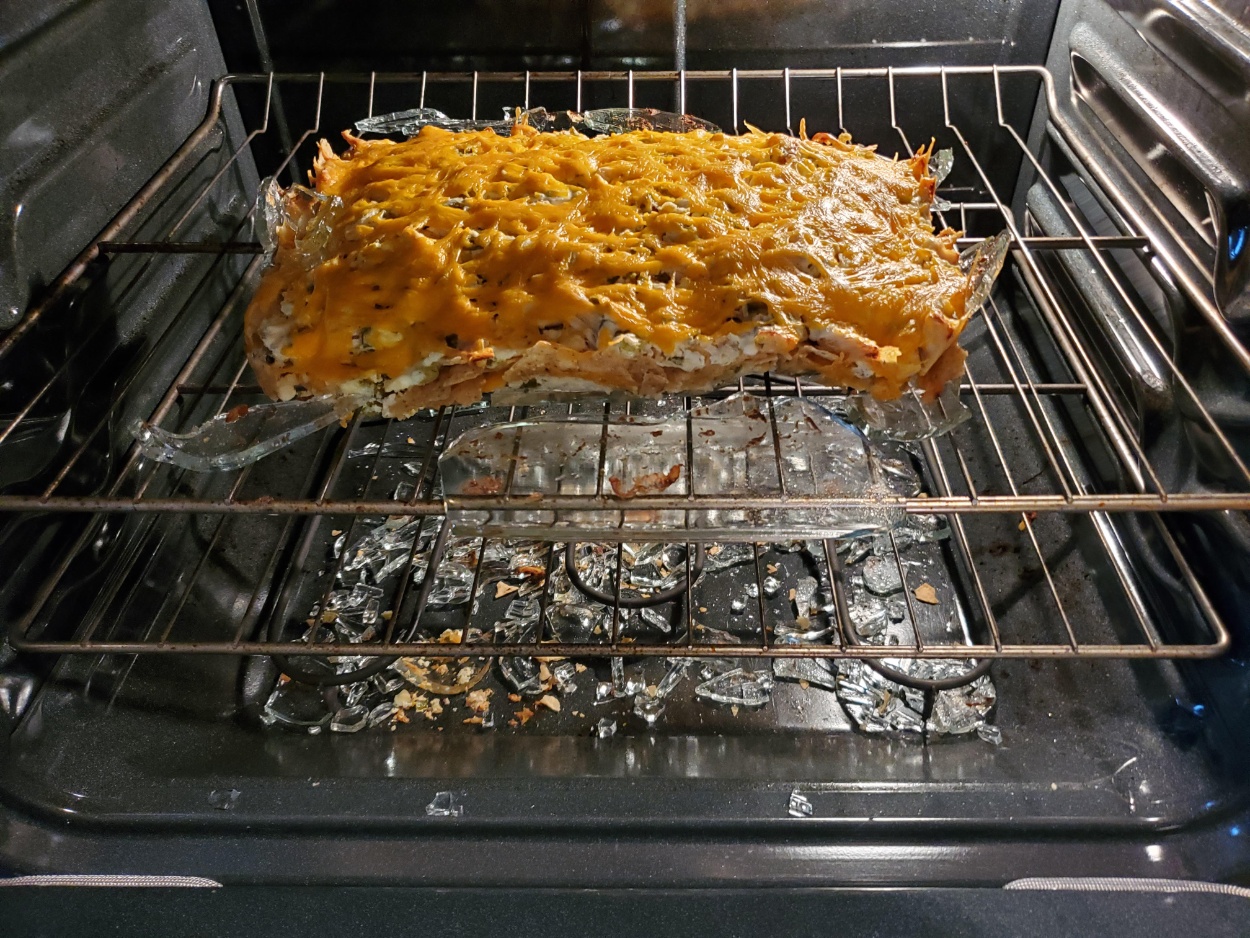
Is Glass Safe In The Oven?
Whether you’re a home cook or a business owner sourcing from a glass lunch box factory, understanding the nuances of oven-safe glass is crucial. We’ll explore the world of durable and reliable custom glass food container options, ensuring you make informed decisions.
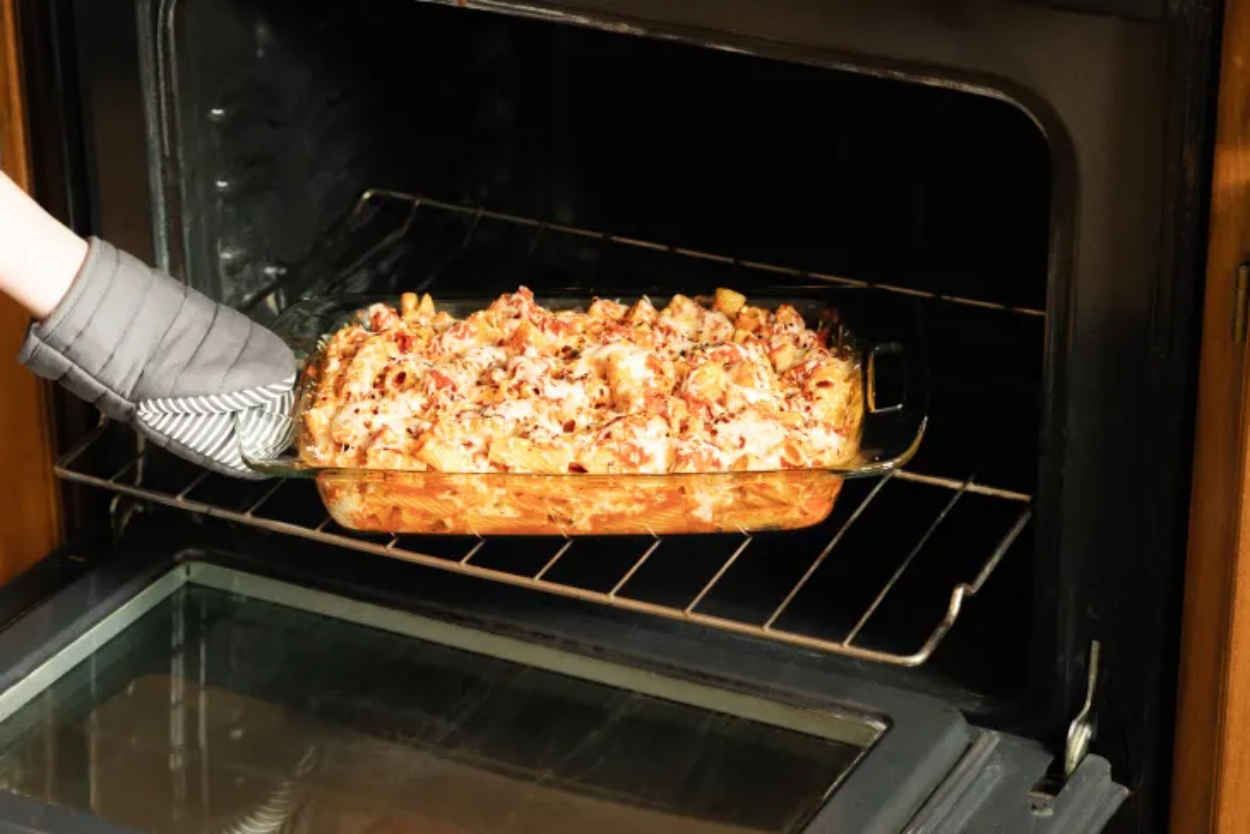
Can You Put Glass In The Oven?
We’ll explore why choosing the right type of glass, particularly from a reliable China glassware factory, is so important, especially if you’re looking for custom glass food storage containers or even a glass lunch box factory.
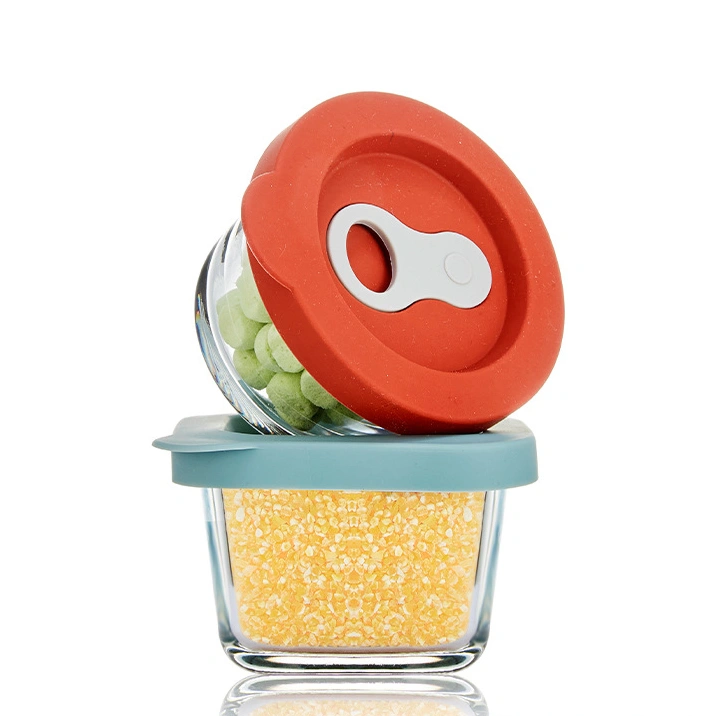
What To Do With Small Glass Containers?
From baby food meal prep, storing leftovers to organizing your craft supplies, small glass containers are super handy!

